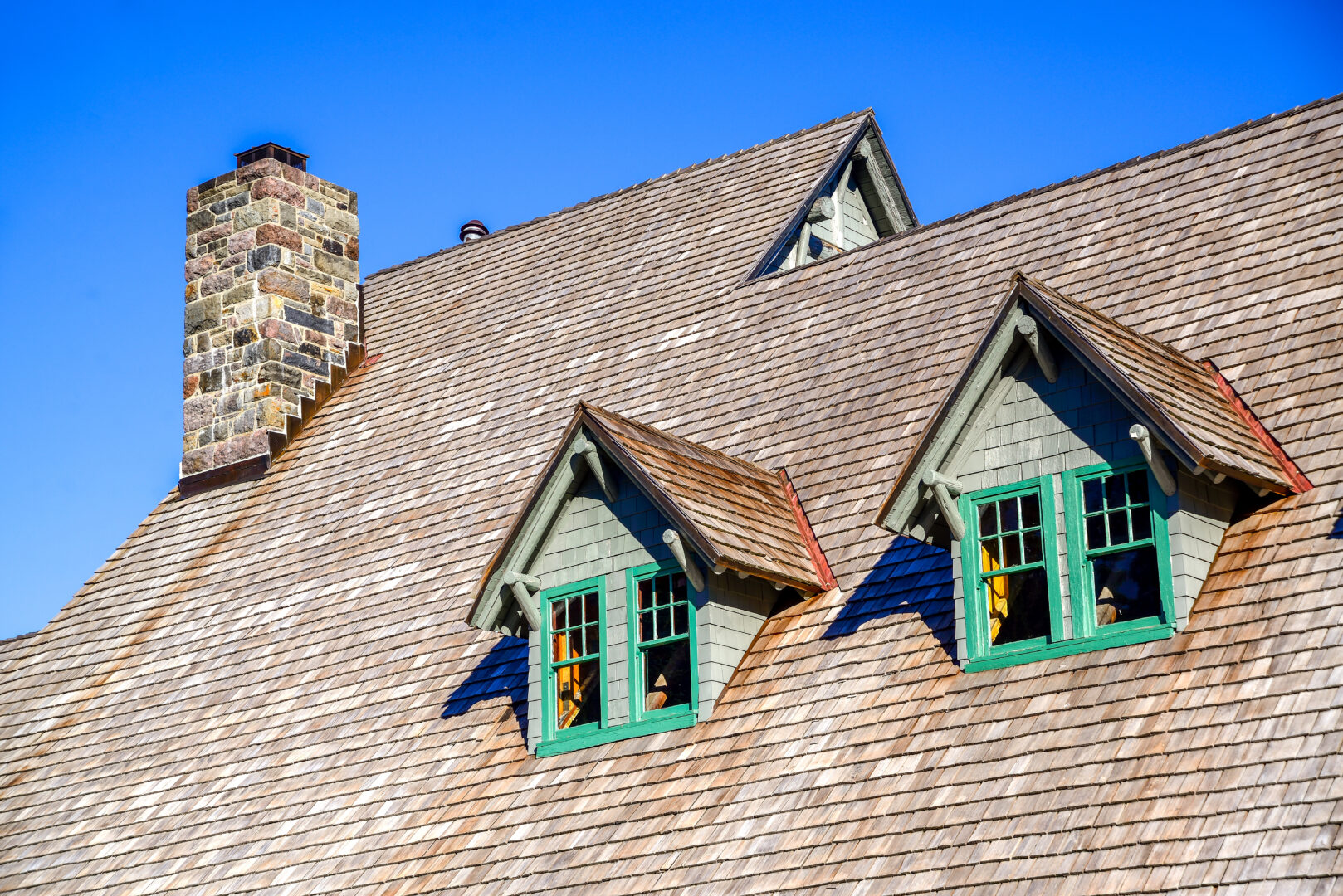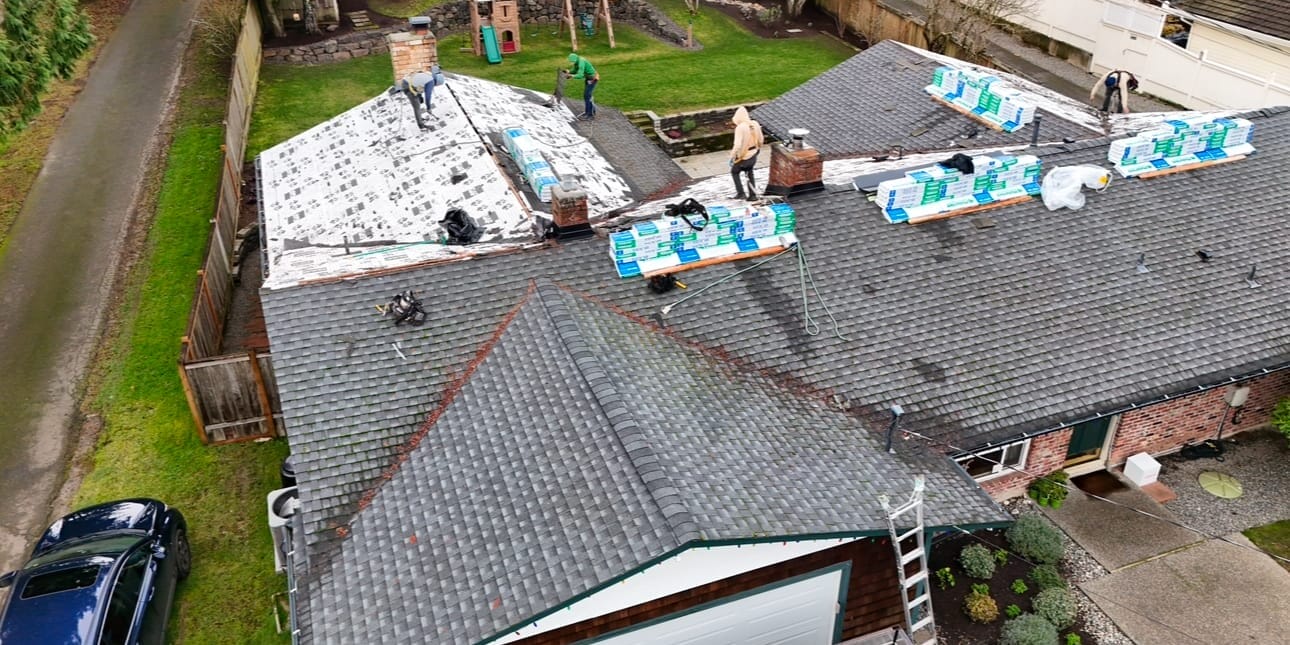How to Assess Roofing Lifespan: Factors That Affect Durability
By K Single Corp Roofing & General Contractor
While you may not think about it often, your roof is one of the most important components of your home. After all, it protects it from the elements and keeps your interior dry, creating a safe, comfortable environment for your family and guests. Your roof also plays a pivotal role in insulating your home to keep it warm in the winter and cool in the summer months. So, how long will your roof last? It depends on a number of factors, all of which we’ll explore below.

1. Roof Materials
When it comes to roofing materials, there is no shortage of options. Asphalt shingles, which are the most popular and affordable, usually last 20 to 25 years. Tile, concrete, and slate roofs are less common and more expensive but tend to last the longest. You may be surprised to learn that with proper care and maintenance, these roofs continue to do their jobs well for 50 to 100 years.
Metal roofs, which have increased in popularity, also offer long lifespans of more than 50 years. Perhaps the least durable roofing material is wood as it usually only lasts for up to 20 years and isn’t feasible in some weather conditions. Before you commit to a new roof, ask your contractor for an estimate of its lifespan. You may also find this information in the manufacturer’s warranty.
2. Installation Quality
Who installs your roof can mean the difference between a long-lasting roof and a problematic roof that requires frequent repairs and a sooner replacement. When you decide you’re ready for a new roof, be sure to shop around and compare contractors. Opt for a reputable company with excellent references, many positive reviews, and high ratings on third-party review sites.
Choosing a less experienced or cheaper roofer who takes shortcuts during the installation process can actually cost you in the long run. A seasoned roofing contractor who uses the highest quality equipment and most advanced techniques is essential if you want to increase the lifespan of your investment.
3. Roof Pitch
The slope or pitch of your roof may also contribute to its longevity. If you have a flat roof or one with a small slope, you may notice deterioration sooner as a result of slow water movement. Since you can’t necessarily change the structure of your home, a reputable roofer will recommend the most durable roof material for your unique property to help prevent your roof from this issue.
4. Your Location
The local climate and environmental conditions where you live also play a crucial role in determining your roof’s longevity. For example, in regions like Seattle with fluctuating temperatures and heavy rainfall, roofing materials may expand and contract, potentially leading to warping and cracks. Frequent storms can loosen roof membranes and deteriorate flashing over time.
Conversely, in areas with extreme sun exposure, UV rays can weaken roofing materials, causing premature aging and fading. Speak to your contractor about materials suited to your specific geographic region; different climates often call for specialized solutions.
5. Maintenance
Investing in a quality roof is just the first step—regular maintenance is essential if you want it to remain in peak condition for as long as possible. While some roofing materials require minimal upkeep, most need periodic inspections to detect and resolve issues early.
Schedule annual roof inspections with a professional, monitor for damaged shingles, and promptly clean gutters to avoid blockages. Regularly removing debris and trimming overhanging branches can help prevent damage caused by environmental factors. Ultimately, ongoing maintenance helps preserve the integrity of your roof and avoids costly repairs.
6. Ventilation
When your roof is ventilated properly, it will regulate the temperature in your attic and reduce the risk of issues, such as mold and wood rot. Adequate ventilation can also prevent your roof from overheating and premature aging. Consult with a skilled roofing contractor to ensure your roof’s ventilation is in a good spot.
7. Storm and Impact Resistance
Natural disasters like hailstorms, hurricanes, or falling debris can significantly shorten your roof’s lifespan if it is not built with impact-resistant materials. Many modern roofing products are rated for their ability to withstand such events, so it’s worth prioritizing impact-resistant options if you live in areas where extreme weather is common. Look for materials with high durability ratings or certifications for hail and wind resistance.

6 Ways to Extend Your Roof’s Lifespan
Here are some strategies that can allow you to increase the longevity of your roof and avoid a replacement for as long as possible.
- Clean Your Roof: Even though your roof may not be as visible as your windows or siding, it could benefit from an occasional cleaning. You can hire a roofer to clear your roof of debris and prevent the growth of algae and mildew. As an added bonus, a clean roof is going to boost your curb appeal.
- Fix Damaged Shingles: If you see damage or missing shingles, reach out to your roofing contractor for a resolution. Ignoring faulty shingles can lead to water leaks and mold while compromising the integrity of your roof. Note that while one or a few damaged shingles may be repaired, too many of them might warrant a replacement.
- Trim Surrounding Trees: Do you live in an area with lots of trees? If so, be mindful of where they are in relation to your roof. If they hang over your roof, it’s time to trim them. Even though you’ll likely need to invest in a tree trimming service, you may add years to your roof.
- Regular Roof Inspections: Schedule inspections with a professional roofer at least once or twice a year. These evaluations help catch small issues—like loose flashing or cracks—before they escalate into more expensive problems. They can also give you peace of mind knowing your roof is in good condition.
- Improve Attic Ventilation: A poorly ventilated attic can trap heat and moisture, which can damage your roof from the inside out. Ensure your attic is properly ventilated to regulate temperature and reduce humidity, extending the life of your roof and protecting its integrity.
- Install Gutter Guards: Clogged gutters can back up water onto your roof, leading to rot and leaks. Gutter guards prevent blockages by keeping debris out of your gutters. This helps rainwater flow freely, reducing the risk of water-related roof damage.
April 21, 2025
How Much Does Roof Replacement Cost?
In Need of an Experienced Seattle Roofer? Schedule Your FREE Estimate With K Single Corp Today
At K Single Corp, our goal is to provide Seattle area homeowners with top-notch roofing services, increasing the longevity of one of the most crucial components of their home. Once you schedule a FREE estimate, we can come up with a game plan for how to increase the lifespan of your roof. We look forward to hearing from you!

